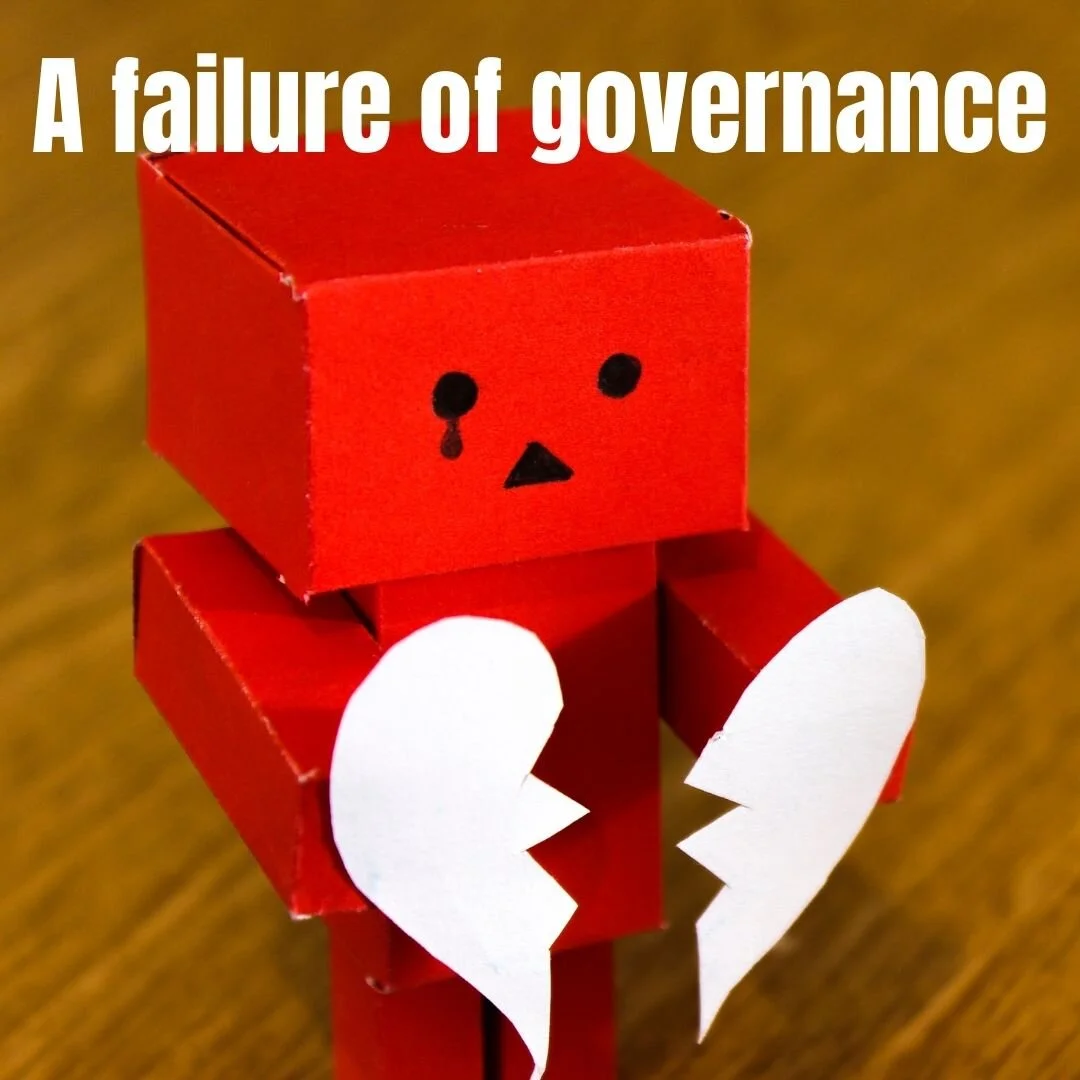50 and out? Why one-day cricket may fall through the cracks
Sign up to my FREE weekly County Cricket newsletter
The last time a shiny, new format was introduced, it took a few years for the discussion to turn towards the cricketing cost of its success. But this sport, like life itself, seems to be in more of a hurry these days.
The introduction of T20 has gone through a certain amount of revisionism in the past few months. But, trust me, I was a ticket-buying fan back in the early Noughties. Initially, it was an amusing sideshow yet, within a year, a must-see event. There was early debate over its benefit to the county game but, from a fans’ perspective, it was, at worst, a worthwhile exercise in self-promotion and, at best, a lifeline.
Within a few short years, the format was proven, established and taken seriously. As a result, it barged its way to the front of English cricket’s shop window, something that had been shrinking in the wake of the Premier League’s stellar growth over the previous decade.
The crash, bang, wallop of the T20 has changed the way we perceive the cadence of limited-overs cricket. As it took hold, the 50-over fare started to feel flat for long periods. The introduction of the inner ring meant sides were incentivised to start quickly and the end was still hectic but the middle overs of each innings, well over a third of the game, dragged in comparison to what we were now conditioned to expect.
You can see the same process in microcosm in T20 cricket today. Until the end of the sixth over, the Powerplay demands offense, as does the last four whether you have wickets in hand or not. But a couple of dismissals in the middle often leads to a lull as the batting side scaffolds their innings.
It is part of the creep towards T20 being seen as too long. The subtraction of 20 deliveries in each innings of The Hundred supposedly satisfies both broadcasters trying to squeeze ‘the product’ into a two-and-a-half-hour window and families looking to leave by 9pm. That is what the ECB tells us anyway. But their track record in PR and duplicity makes me sceptical about anything they say on the new competition.
Either way, such nonsense does not detract from the fact that 50-over cricket seems stuck somewhere in the middle these days and in danger of falling between the cracks. Those who watched that raucous curtain-raiser in The Hundred on Wednesday night and the start of the Royal London Cup the following morning will have seen a stark difference.
The latter is too long for the hype and incessant big-hitting but not long enough for the subtlety and nuance of the Test game. As products, sorry I used that word again, The Hundred is ‘cheap’ and Tests are ‘quality’. In purely marketing terms, these two factors are key in our decision to buy. The 50-over event is neither.
Back in the day, there was the John Player League, mostly a 40-over competition, plus the Benson & Hedges Cup (55 overs) and the Gillette/NatWest Cup (60 overs). All were marvellous tournaments which, in their own way, were crucial to the development of the game. The first was a Sunday afternoon thrash providing crucial visibility on BBC television, the middle one felt like football’s League Cup and the latter was the FA Cup final, cricket’s big day out to bring down the curtain on the season. But, this was a long time ago in the 70s, shops and other activities were not open on Sundays while cigarette brands were still able to advertise sporting competitions.
In 1979, 16 years after the opening Gillette Cup fixture and eight years after the first ODI, cricket finally created a one-day World Cup. It would take T20 just four years to go from English oddity to its own global event in 2007 but first-mover advantage has proved crucial. When we say the Cricket World Cup we mean the 50-over version.
One of the many stones thrown at The Hundred is that its inception will diminish England’s ability to retain the trophy they took 40 years to win. However, despite the long-term success of that competition, star players never felt a financial imperative to leave the red-ball game to concentrate on 50-over cricket as they have with T20. In comparison, call-ups to The Hundred have left the 2021 Royal London Cup feeling like a very inferior product.. Damn, said it again.
These days the only truly relevant 50-over event is the World Cup. When Somerset won the last Royal London Cup final in 2019 Lord’s was just over half-full and, for some reason, England were playing Australia in a World Cup warm-up game at the Ageas Bowl. Blast finals day has long since taken over as the standout showpiece event of the domestic campaign and future 50-over finals will no longer even be staged at the home of cricket.
This year’s Royal London ‘showpiece’ takes place on Thursday, August 19 at Trent Bridge. The champagne will have barely gone flat by the time The Hundred semi-finals are staged 24 hours later. When the men’s and women’s finals take place two days after that, the 50-over champions will be an afterthought.
It is the shape of things to come.
* This article first appeared in The Cricket Paper, get it every Sunday or subscribe here
If you like cricket, please consider buying my book, Last-Wicket Stand: Searching for Redemption, Revival and a Reason to Persevere in English County Cricket
🏴☠️ Buy from Independent bookshop 💰 Buy from Amazon | 👨💻 Buy from me | 🇺🇸 Buy in USA | 🇦🇺 Buy in Australia





